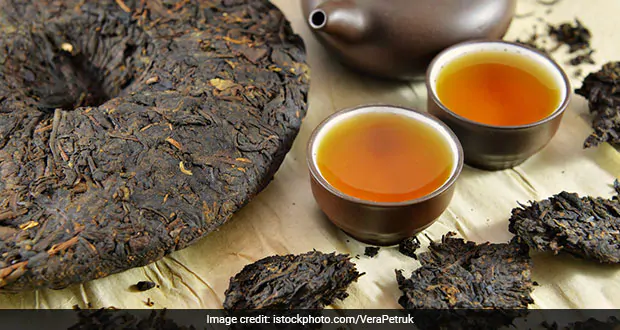
Introduction to Oolong Leaves
Oolong tea is celebrated for its exquisite flavor, delicate aroma, and unique processing method that sets it apart from other types of tea. Central to the creation of oolong tea are the oolong leaves themselves, carefully cultivated, harvested, and processed to unlock their distinctive qualities. In this exploration, we delve into the fascinating world of oolong leaves, uncovering their origins, characteristics, and the artistry involved in their preparation.
Origins and Cultivation
Oolong tea is predominantly produced in China and Taiwan, where ideal climate conditions and terroir contribute to the cultivation of premium oolong leaves. The cultivation of oolong tea involves meticulous care and attention to detail, with tea farmers tending to the tea plants year-round, ensuring optimal growth and development. Oolong tea plants thrive in mountainous regions with well-drained soil and ample sunlight, which impart unique flavors and aromas to the tea leaves.
Harvesting and Processing
The process of harvesting oolong leaves is a labor-intensive endeavor that requires precision and expertise. Tea farmers carefully select the most tender and flavorful leaves, typically plucking them by hand to ensure the highest quality. After harvesting, the leaves undergo a specialized processing method that includes withering, bruising, oxidation, and drying, each step carefully executed to enhance the flavor and aroma of the tea.
Characteristics of Oolong Leaves
Oolong leaves boast a unique set of characteristics that distinguish them from other types of tea leaves. Depending on factors such as oxidation level, processing technique, and terroir, oolong leaves can exhibit a wide range of flavors, aromas, and appearances. Common flavor profiles of oolong tea include floral, fruity, nutty, and creamy notes, with varying degrees of sweetness and astringency. The appearance of oolong leaves can vary from tightly rolled balls to loosely twisted strands, reflecting the artisanal craftsmanship involved in their production.
Varieties of Oolong Tea
The diversity of oolong leaves gives rise to a vast array of oolong tea varieties, each with its own unique character and flavor profile. Some popular oolong tea varieties include:
- Tieguanyin: A renowned oolong tea from China known for its floral aroma, creamy texture, and lingering sweetness.
- Dong Ding: A classic Taiwanese oolong tea with a smooth, balanced flavor and hints of honey and roasted nuts.
- Wuyi Rock Tea: Grown in the rocky cliffs of the Wuyi Mountains in China, Wuyi rock oolong tea is prized for its mineral-rich flavor, complex aroma, and long-lasting finish.
Brewing and Enjoying Oolong Tea
Brewing oolong tea is an art form in itself, requiring careful attention to water temperature, brewing vessel, and steeping time to unlock the full flavor potential of the leaves. Oolong tea is typically brewed using water that is just below boiling, allowing the leaves to gently unfurl and release their complex flavors and aromas. The resulting brew is a harmonious balance of fragrance, taste, and texture, inviting tea enthusiasts to savor each sip and appreciate the artistry of oolong tea.
Conclusion
Oolong leaves are a testament to the artistry and craftsmanship of tea production, yielding exquisite teas that captivate the senses and delight the palate. From their origins in lush tea gardens to the careful processing and preparation, oolong leaves embody the essence of fine tea-making traditions. Whether enjoyed as a fragrant cup of hot tea or a refreshing iced beverage, oolong leaves offer a sensory journey that transports tea lovers to distant mountain slopes and verdant valleys. So, the next time you savor a cup of oolong tea, take a moment to appreciate the beauty and complexity of the leaves that make it all possible.








[…] 12 Views 0 […]